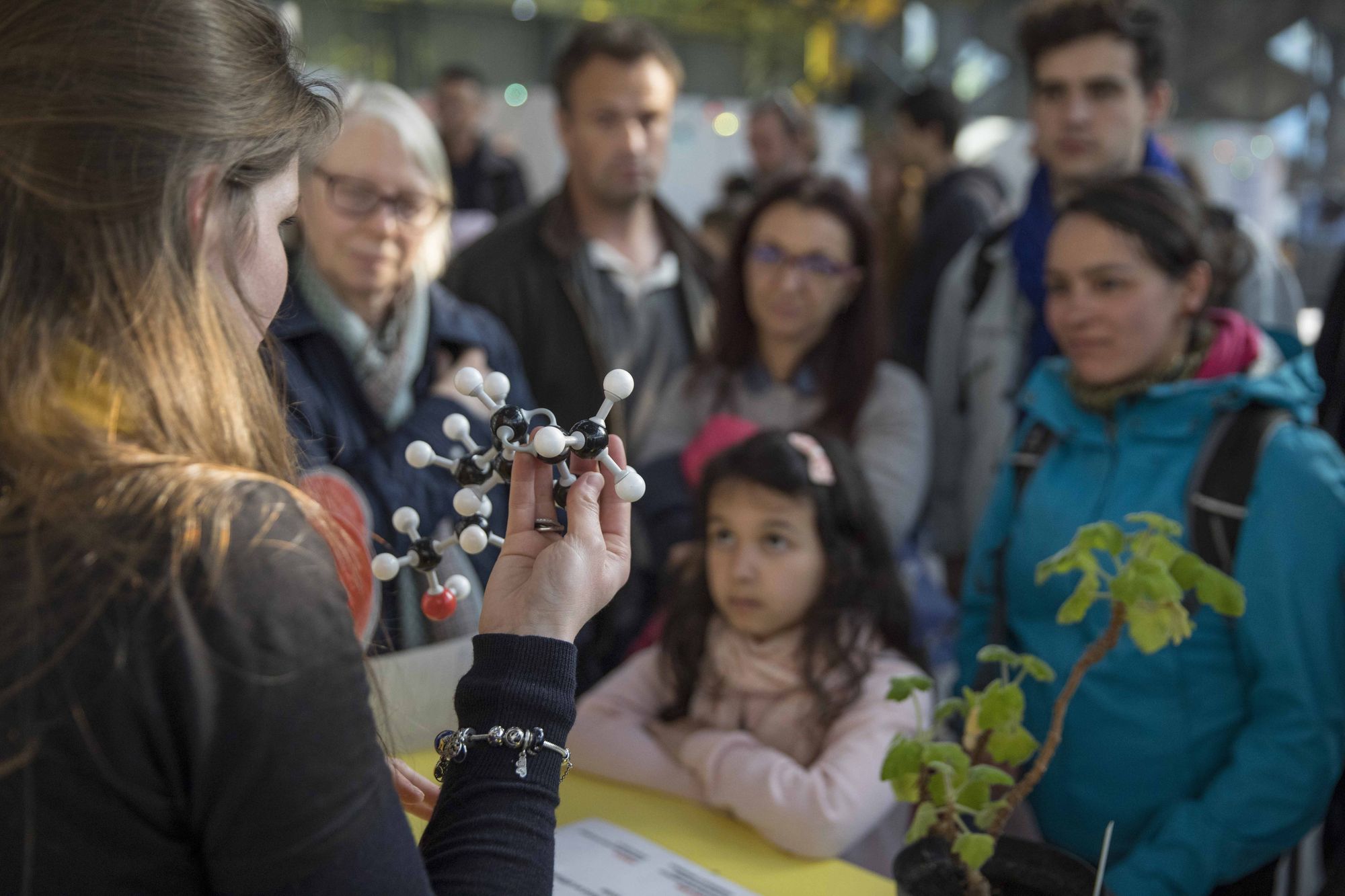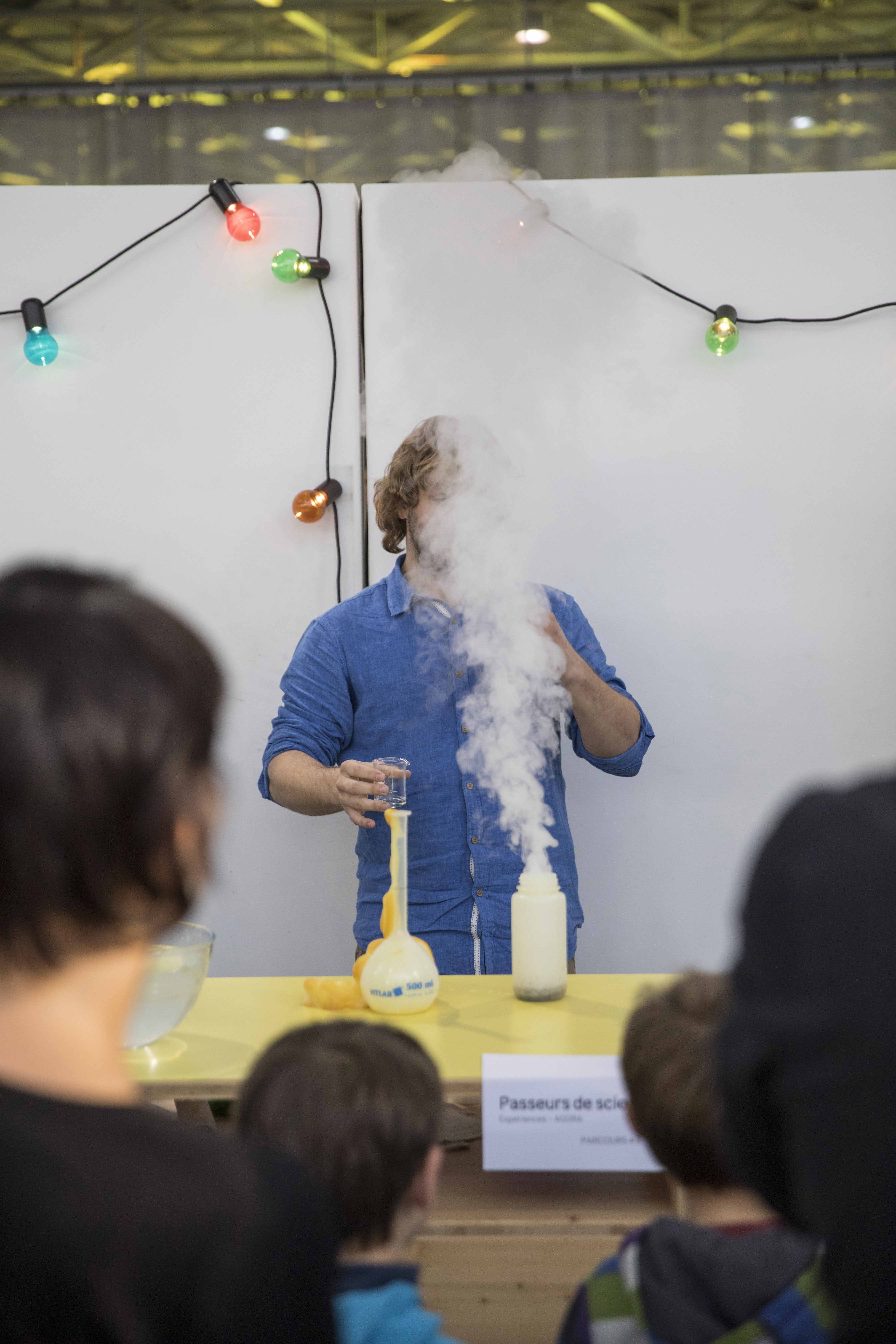TTool offers security, safety and performance for embedded systems
I’MTech is dedicating a series of articles to success stories from research partnerships supported by the Télécom & Société Numérique Carnot Institute (TSN), to which Télécom ParisTech belongs.
[divider style=”normal” top=”20″ bottom=”20″]
 By combining three areas for assisting the design of embedded systems, the TTool platform is seen as a safety net for industry. The platform, which originated in the laboratories of Télécom ParisTech, has now become one of the technology platforms Carnot TSN offers to companies. TTool helps them design embedded systems that are more secure, protected from cyberattacks and more efficient. Ludovic Apvrille, the Telecom ParisTech researcher behind this platform, explains the tool’s strengths and how it works.
By combining three areas for assisting the design of embedded systems, the TTool platform is seen as a safety net for industry. The platform, which originated in the laboratories of Télécom ParisTech, has now become one of the technology platforms Carnot TSN offers to companies. TTool helps them design embedded systems that are more secure, protected from cyberattacks and more efficient. Ludovic Apvrille, the Telecom ParisTech researcher behind this platform, explains the tool’s strengths and how it works.
What does the TTool platform you developed do?
Ludovic Apvrille: It is a design tool for embedded systems for creating models and running tests. On the one hand, it takes into account operation safety, in other words, it ensures the systems do not cause any risks to humans or have serious economic impacts. On the other hand, it offers a cybersecurity aspect by preventing certain attacks. This platform’s strength is that it offers both these aspects, whereas industrial tools only offer one or the other.
How does TTool ensure a system operates safely?
LA: Embedded system designers want to know whether a specific error could occur. These specific errors can be avoided by voluntarily degrading the system’s operation level when there is a high likelihood of the error occurring. This makes the system less efficient, but at least it does not endanger the user. It allows safety features to be integrated directly into the system itself. TTool helps implement these features. The developers create models of their system, enter the aspects they want to verify, and then just press a button. TTool does the rest: the platform analyzes the system and the potential error, then reports whether safety can be ensured.
Is this different from the cybersecurity aspect?
LA: Yes, the cybersecurity part is different. Embedded systems are vulnerable to different types of attacks, especially those that are used to read or inject data into the system’s communication links. We use TTool to study the system’s vulnerabilities to this type of attack: TTool can detect this type of attack and then automatically add software and hardware components to counter them. These components can ensure the data’s confidentiality, prevent a hacker from posing as a user, or indicate whether data has been altered by a hacker.
In specific terms, how can manufacturers use a platform like TTool?
LA: A good example is the joint Nokia Bell Labs and Télécom ParisTech laboratory inaugurated this year on June 25. TTool is one of the tools Nokia uses to respond to problems. In this case—due to the platform’s ability to quickly analyze a system’s model—it provides the company with information on the expected performance. We are specifically interested in the latency related to processing data. Nokia works with 5G encoders/decoders, components which encode and decode data packets sent by fifth generation mobile technology. TTool indicates how long it takes for a data sample to be encoded or decoded based on the choice of architecture.
How does TTool work?
LA: TTool is based on three modeling environments. The first is Diplodocus, which partitions the functions into software and hardware features. In the Nokia example, signal processing is carried out in part by the base stations. If there are major changes in the processing functions, the base stations can no longer provide this feature. The equipment providers therefore want to move some of the processing to the cloud. Since this is a costly operation, they want to minimize the number of calculations. In this case, the functions performed on the hardware and by the software must be optimized. Next, TTool is based on the AVATAR environment, which focuses on creating the embedded software: modeling, testing, then code generation. Finally, there is the SySML-Sec environment, which helps the developer add security functions to the embedded system for the entire development cycle.
Which sectors benefit most from this platform?
LA: It’s fairly diverse. TTool is currently being used for the European project H2020 AQUAS for two case studies on critical systems. In these cases, a security study must be carried out on both the safety of the operations and the performance. One is with Siemens, to add security to industrial motors. The other is for railway systems for automated doors—like the metro on line 1 in Paris. The objective is to detect if cyberattacks could affect the time the doors open or close. TTool can therefore be adapted to a wide range of embedded systems.
What are TTool’s main advantages?
LA: TTool offers a safety net during the development phase for embedded systems and it helps in the path to certification. It is therefore a platform that can increase trust in a product, beginning at the design phase. This does not mean the embedded systems can avoid the testing phase they are required to undergo, but there are less chances of finding errors. It should also be noted that TTool is free and open source software. This means that everyone can use the tools and modify the code to adapt it to their needs. The research team behind TTool intervenes when there is an issue they can work on to help companies improve their capacities.
[divider style=”normal” top=”20″ bottom=”20″]
A guarantee of excellence in partnership-based research since 2006
The Télécom & Société Numérique Carnot Institute (TSN) has been partnering with companies since 2006 to research developments in digital innovations. With over 1,700 researchers and 50 technology platforms, it offers cutting-edge research aimed at meeting the complex technological challenges posed by digital, energy and industrial transitions currently underway in in the French manufacturing industry. It focuses on the following topics: industry of the future, connected objects and networks, sustainable cities, transport, health and safety.
The institute encompasses Télécom ParisTech, IMT Atlantique, Télécom SudParis, Institut Mines-Télécom Business School, Eurecom, Télécom Physique Strasbourg and Télécom Saint-Étienne, École Polytechnique (Lix and CMAP laboratories), Strate École de Design and Femto Engineering.
[divider style=”normal” top=”20″ bottom=”20″]

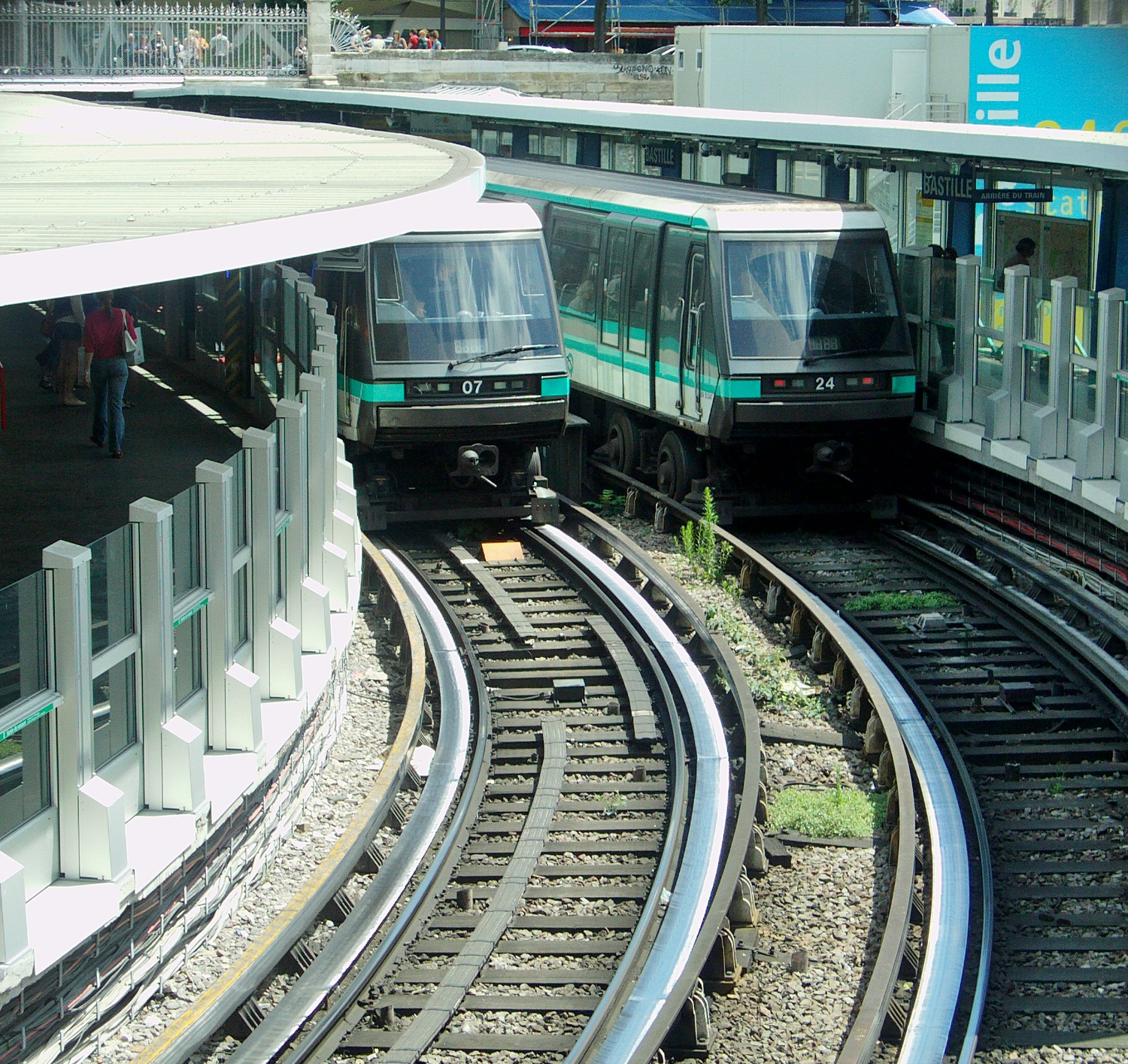


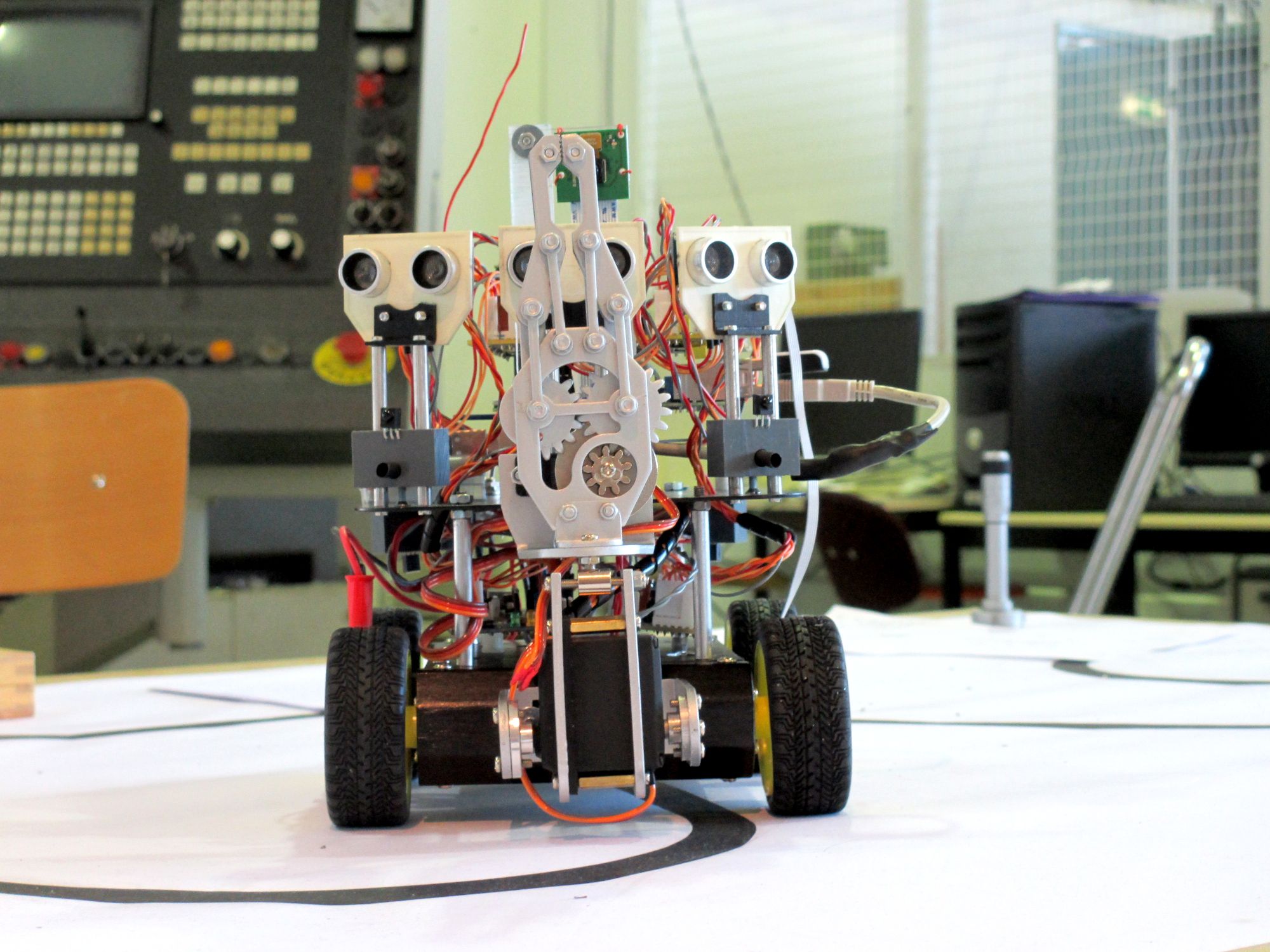

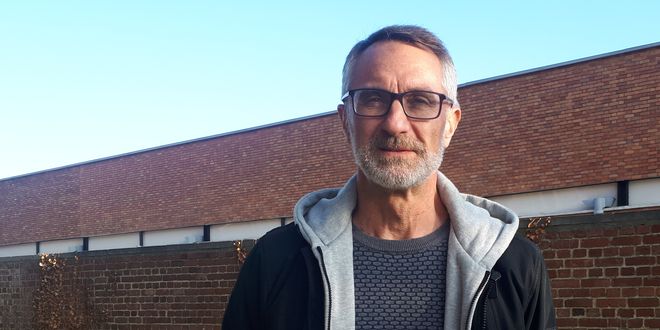
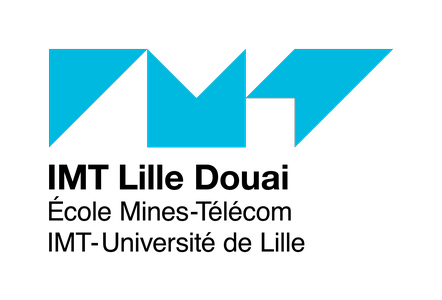 Laurent Alleman has been an associate professor since 2004 at IMT Nord Europe (former École des Mines de Douai and IMT Lille Douai) in the
Laurent Alleman has been an associate professor since 2004 at IMT Nord Europe (former École des Mines de Douai and IMT Lille Douai) in the 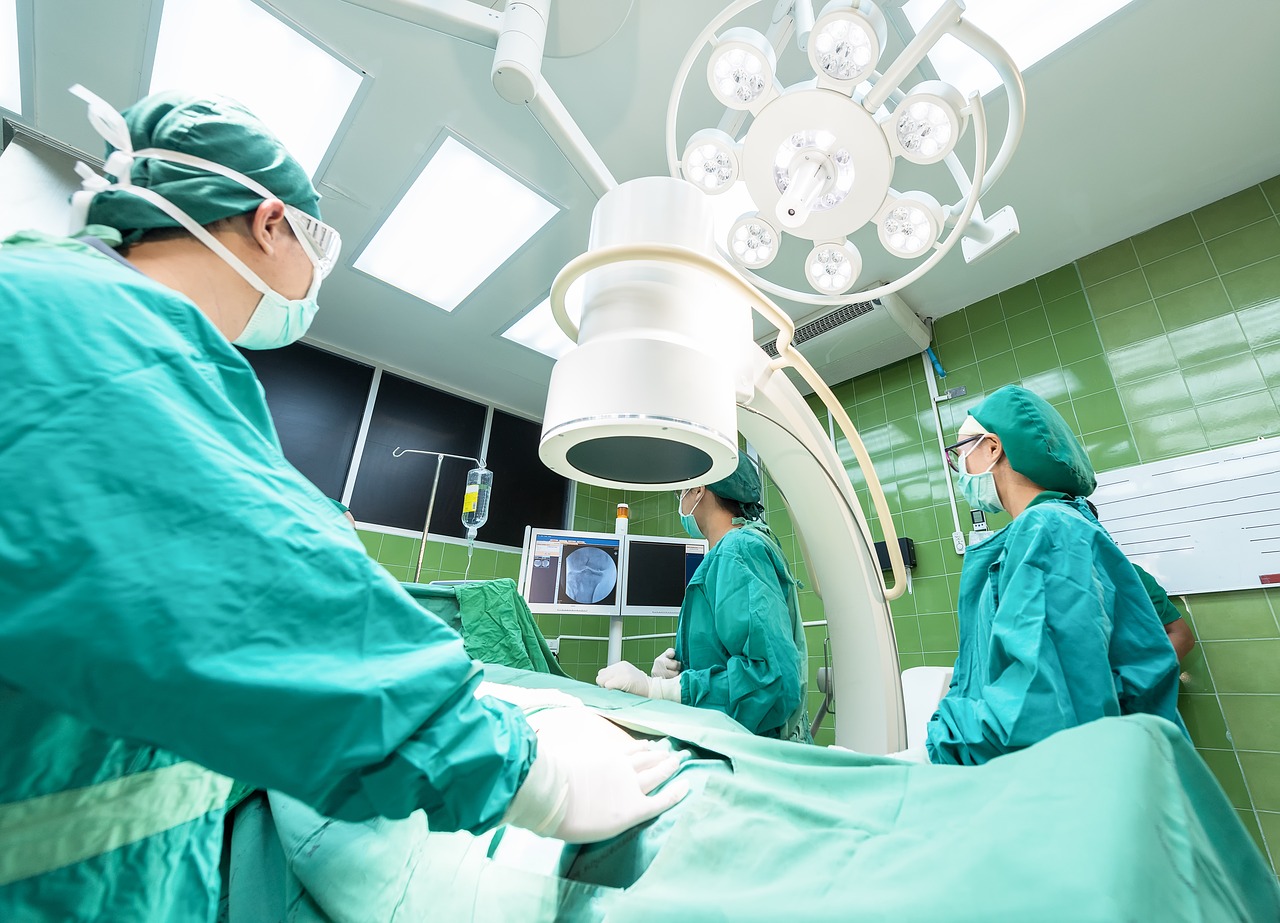

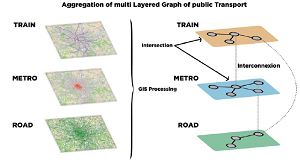

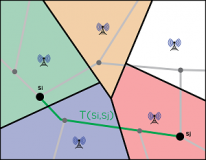
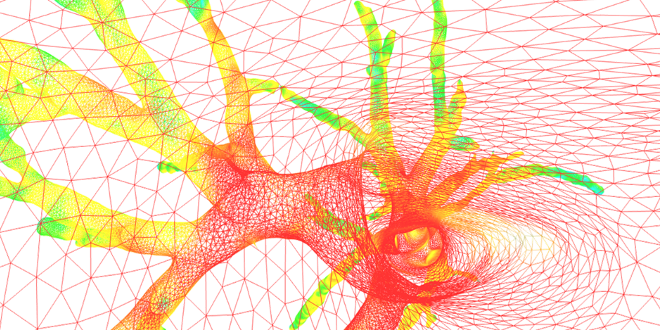
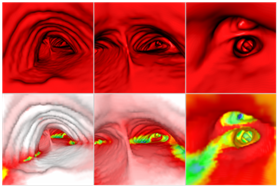 AirWays software uses a graphic grid representation of bronchial tube surfaces after analyzing clinical images and then generates 3D images to view them both “inside and outside” (above, a view of the local bronchial diameter using color coding). This technique allows doctors to plan more effectively for endoscopies and operations that were previously performed by sight.
AirWays software uses a graphic grid representation of bronchial tube surfaces after analyzing clinical images and then generates 3D images to view them both “inside and outside” (above, a view of the local bronchial diameter using color coding). This technique allows doctors to plan more effectively for endoscopies and operations that were previously performed by sight.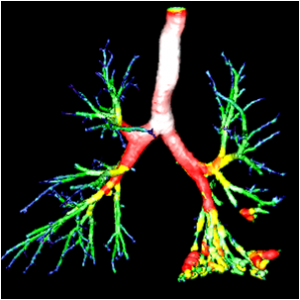 “For now, we have limited ourselves to the diagnosis-analysis aspect, but I would also like to develop a predictive aspect,” says the researcher. This perspective is what motivated
“For now, we have limited ourselves to the diagnosis-analysis aspect, but I would also like to develop a predictive aspect,” says the researcher. This perspective is what motivated 